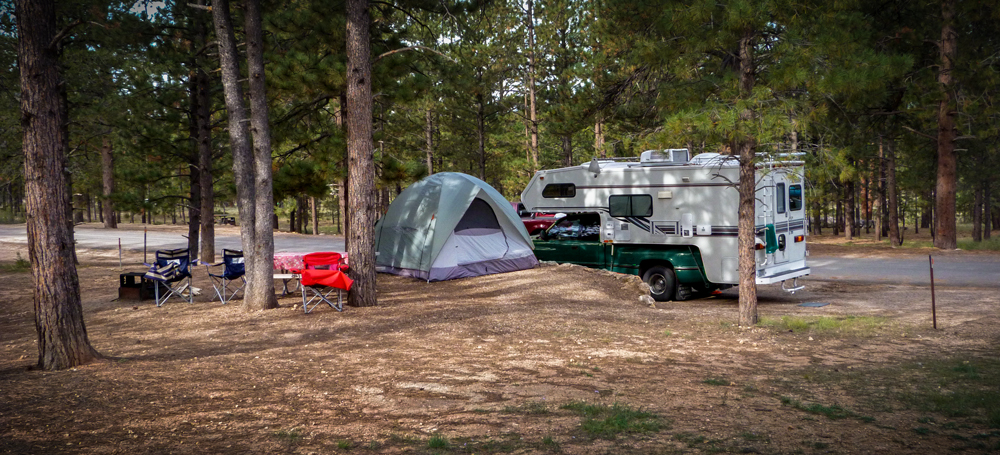 |
| (c) Phensri Rutledge |
Len Rutledge finds there are few more stunning places on earth than the great National Parks of western USA.
The concept of a park or nature reserve under state ownership is believed to have originated in the United States in 1870 but Australia was not far behind as we established our first park and the world’s second national park in 1878 just south of Sydney.
I have just returned from a visit through six of the U.S parks and I am very impressed. Each is different and it is impossible to say which is best. Bryce Canyon in southern Utah was the first I visited so this seems a good place to start.
The first thing you have to understand about Bryce is that it is not a single canyon (unlike say the Grand Canyon) but a series of huge amphitheatres carved into a high plateau. They are gigantic. The most famous of these is the Bryce Amphitheatre which is filled with irregular eroded spires of rock called hoodoos. These are formed when ice and rainwater wear away the weak limestone rock. Hoodoos exist in many places but here is the largest concentration found anywhere on Earth.
The starting point for a park visit should be the Visitor Centre. Here you will find information at the ranger help desk, exhibits, interactive consoles and a prairie dog maze, a 22-minute award-winning film which plays on the hour and half-hour, and publications, maps and souvenirs available for purchase through the bookstore. There goes the first hour!
 |
| (c) Phensri Rutledge |
Over two million visitors come to experience Bryce Canyon National Park each year, most between March and early October. Every visitor to the park will spend at least some time marvelling at its four main viewpoints, all found within a few kilometres of the visitor centre. Bryce Point, Inspiration Point, Sunset Point, and Sunrise Point all provide stunning views into the amphitheatre with Sunset Point being my personal favourite.
Here you can gaze into the most awe-inspiring sections of the park. Between April and October, a free bus shuttle service is operated in this area of the park to reduce congestion but you can also walk or drive between the points.
I strongly suggest the easy 1.6-kilometre paved trail along the edge of the amphitheatre between Sunset and Sunrise Points for marvellous views. Then if you have the time and energy, take the 2.9-kilometre trail from Sunrise Point to Queen’s Garden. Walking amongst the huge hoodoos is an amazing experience.
 |
| (c) Visit Utah |
Time permitting, I also strongly recommend catching one of the free ranger activities. You can join a Ranger and in 30 minutes hear the current scientific explanation behind Bryce Canyon's unique geologic history from ancient lakes to the power of erosion. Great views, fascinating plant and wildlife stories, a touch of geology and a wealth of cultural history is available for those who join the 1.5-hour rim walk from Sunset Point.
Because there are no external light sources, the park night can be very dark. Rangers run astronomy tours which include a 1-hour multimedia presentation then stargazing with telescopes. Then on full-moon nights rangers offer very popular hikes where torches are prohibited and lugged footwear is required.
There is a free twice-daily guided tour to Rainbow Point, during the April-October period operated by the Bryce Canyon Shuttle. This 3.5-hour round-trip tour covers 65 kilometres with stops along many of the park's scenic viewpoints. You need to dress appropriately for the weather and bring lunch, snacks, water, etc. This tour is also ideal for backpackers wanting to be dropped off at any of the park's backcountry trailheads.
In spring, summer and autumn, Canyon Trail Rides wranglers lead 2-hour and 4-hour horse and mule rides into Bryce Amphitheatre along a dedicated horse trail and the Peek-a-boo Loop Trail.
Because Bryce covers 650 metres of elevation, the park exists in three distinct climatic zones: spruce/fir forest, Ponderosa Pine forest, and Pinyon Pine/juniper forest. This diversity of habitat provides for high biodiversity.
The canyons and plateau of Bryce Canyon National Park are home to many animals, including migratory Hummingbirds, nesting Peregrine Falcon, Rocky Mountain Elk, Mountain Lions, Coyotes, and Pronghorn Antelope. Most are not easy to see so we had to be satisfied with Ground Squirrels, Chipmunk and one Prairie Dog in the far distance.
There are no large cities close to Bryce Canyon but there is plenty of accommodation choice. Within the park the historic Bryce Canyon Lodge and its surrounding structures offer 114 rooms including lodge suites, motel rooms and cabins. Reservations are highly recommended. Just outside the park and close to a shuttle pick-up point there are several hotels, inns, motels and lodges. We stayed in St George, a nice city of about 180,000 and the fastest growing metropolitan area in the U.S. in 2018 but this is about a 2.5-hour drive from Bryce Canyon.
 |
| Campground (Visit Utah) |
Bryce Canyon National Park has two campgrounds, located in close proximity to the Visitor Centre. To bring a car here you need to pay the US$35 park entrance fee then the applicable camp ground fee.
www.LenRutledge.com
https://www.facebook.com/ExperienceGuides/
Words: Len Rutledge Images: Phensri Rutledge
Feature supplied by: www.wtfmedia.com.au




No comments:
Post a Comment